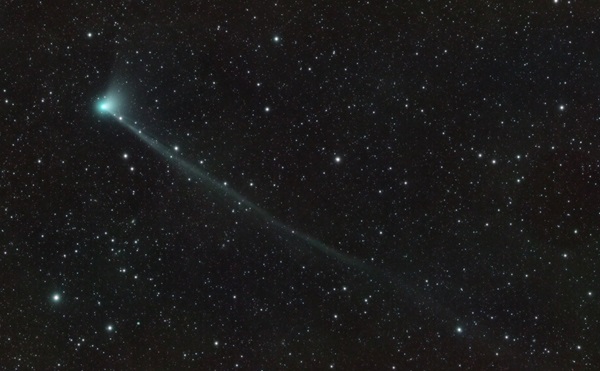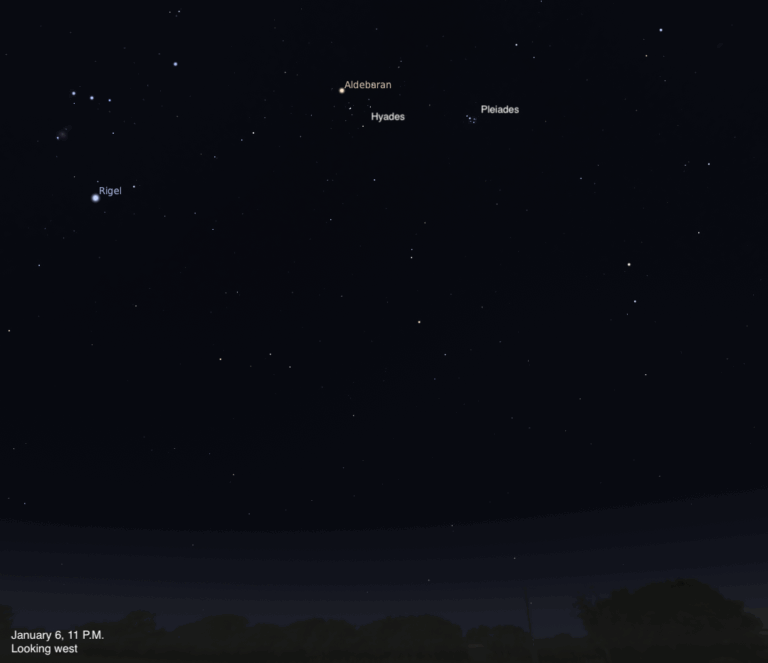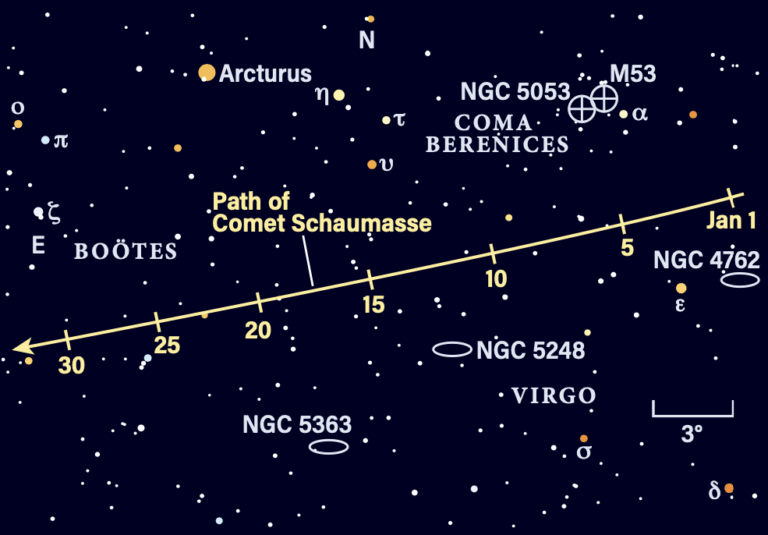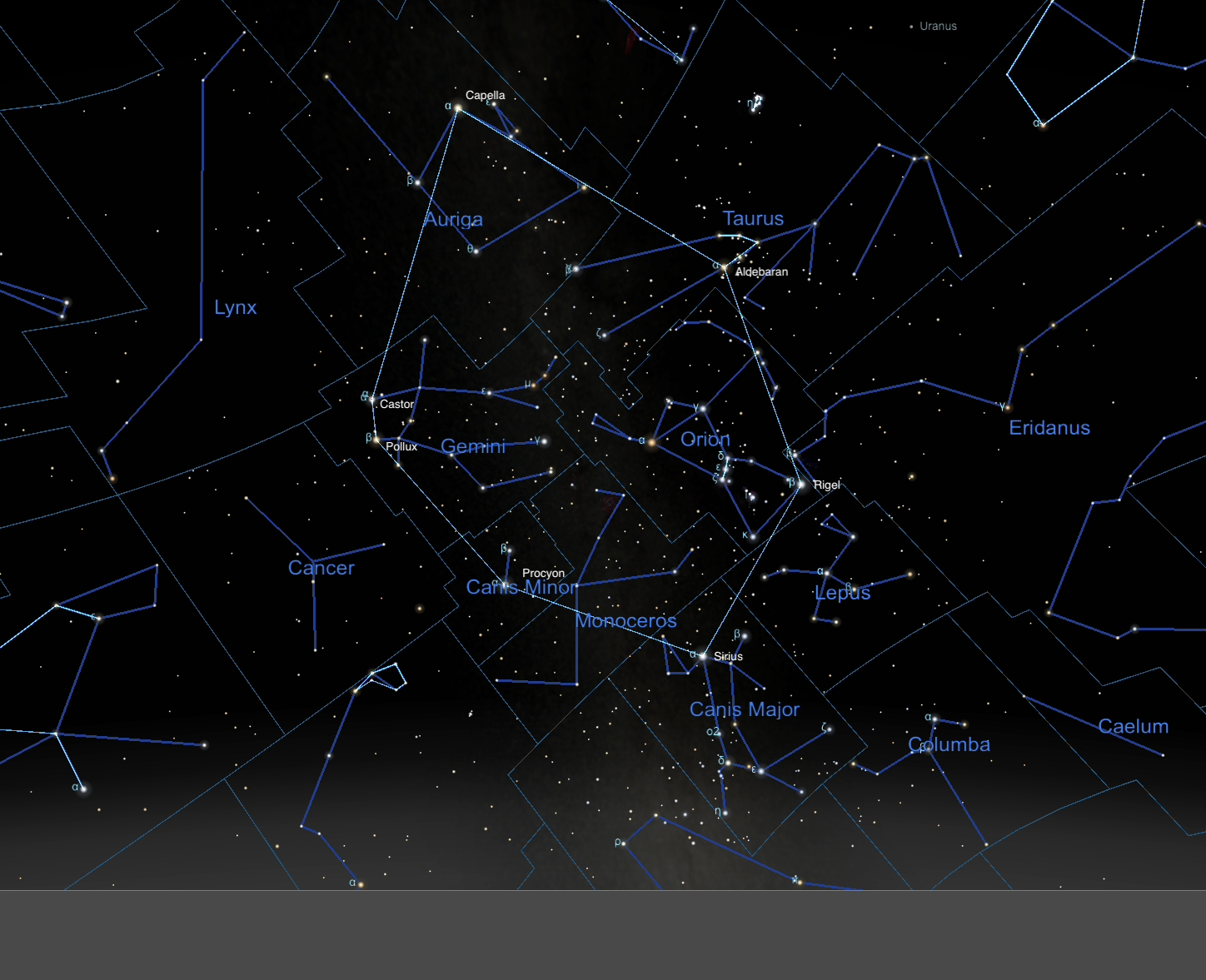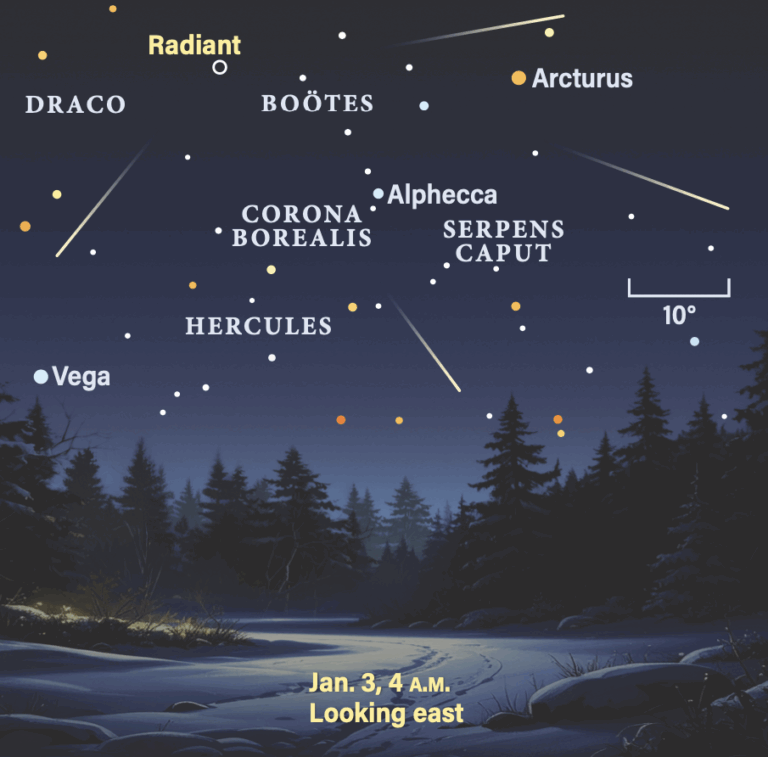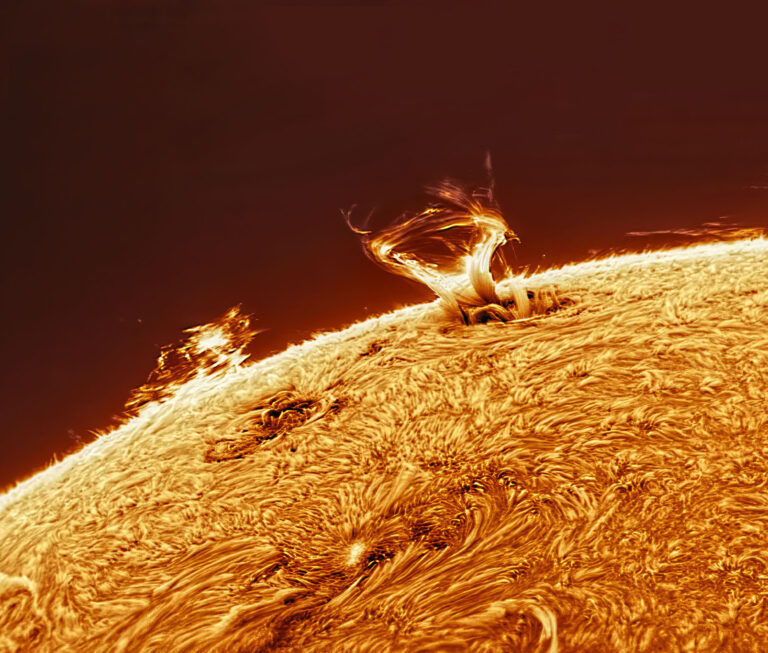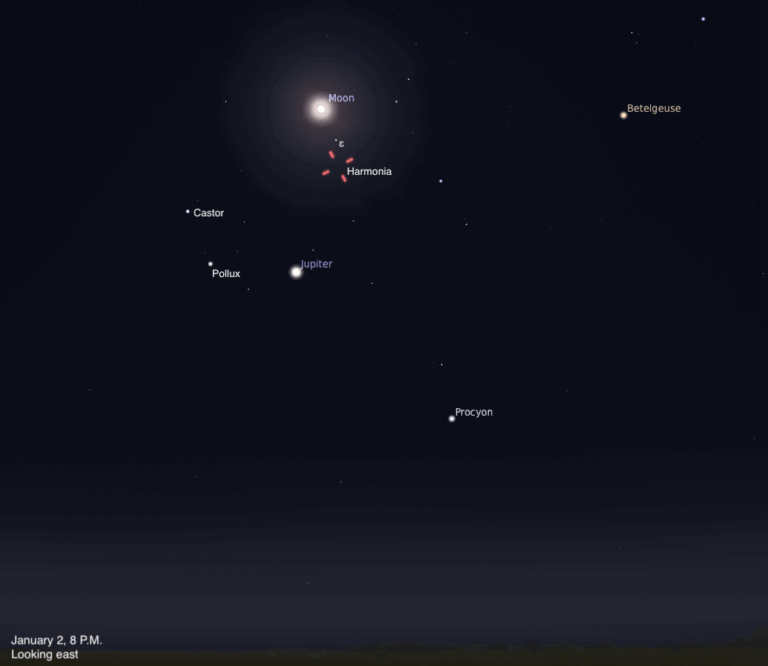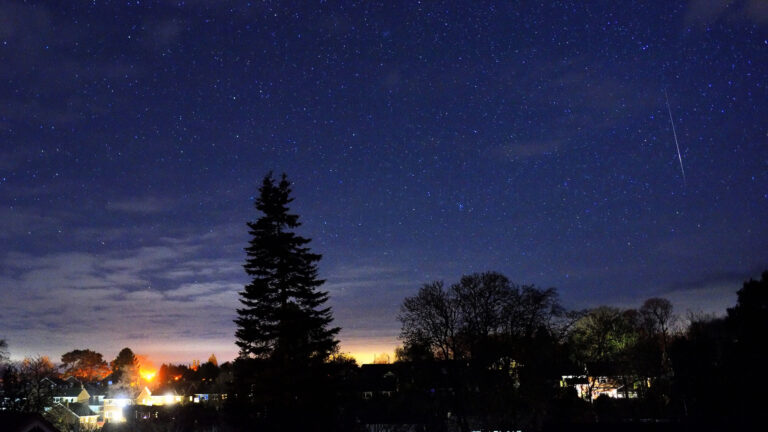Key Takeaways:
Hi folks, tune in every week of 2023 for the best in astronomy from Astronomy Editor Dave Eicher, brought to you by Celestron. This weekly video series covers all the latest sky events, scientific results, overviews of cosmic mysteries, and more!
This week, learn more about Comet C/2022 E3 (ZTF), a comet that may reach naked-eye visibility through late January into early February.
The basics of Comet C/2022 E3 (ZTF)
Comet C/2022 E3 (ZTF) was first discovered in March 2022 by the Zwicky Transient Facility (ZTF), which scans the entire Northern Hemisphere sky once every two days from Palomar Observatory in California. You may have noticed many other comets have the acronym ZTF in their names, too. That’s because they were discovered by the same facility.
C/2022 E3 began its long journey in the far outer reaches of the solar system, within the Oort Cloud. The comet made its closest approach to the Sun, or reached perihelion, on Jan. 12, when it came within 1.1 astronomical unit of our star. (One astronomical unit, or AU, is the average Earth-Sun distance.)
Although being closer to the Sun can make some comets intrinsically brighter, at perihelion, C/2022 E3 sat 0.71 AU from Earth and didn’t reach naked-eye visibility.
But after rounding the Sun, C/2022 E3 will continue to grow brighter through the end of the month. The comet’s brightness is predicted to peak around Feb 1, when it makes its closest approach to Earth by passing within about 0.28 AU of our planet.
At this point, many observers and astrophotographers hope C/2022 E3 will reach naked-eye magnitudes as it skims through a particularly rich region of the sky near the northern pole, setting the scene for some gorgeous photos. Even at its brightest, however, Comet C/2022 E3 (ZTF) is not expected to form a bright, long tail that’s visible without a telescope.
Still, even without a tail, the comet will be a memorable sight. Plus, comets can always surprise us with unexpected outbursts, so it’s worth following C/2022 E3’s progress to see what it will do!
For more on Comet C/2022 E3 (ZTF), see here: https://www.astronomy.com/science/comet-c-2022-e3-ztfl-the-best-comet-of-2023-may-soon-be-visible-to-the-naked-eye/
Follow Astronomy magazine, the world’s best-selling astronomy magazine:
???? Website: https://authoring.kalmbachservices.com/
???? Subscribe: http://subscribe.astronomy.com
???? Facebook: https://www.facebook.com/AstronomyMagazine
???? Instagram: https://instagram.com/astronomy.magazine
???? Twitter: https://twitter.com/AstronomyMag
Shop Celestron telescopes:
???? Website: https://celestron.com
Follow Dave Eicher:
???? Facebook: https://www.facebook.com/davidjohneicher/
???? Instagram: https://instagram.com/eicher.david
???? Twitter: https://twitter.com/deicherstar

